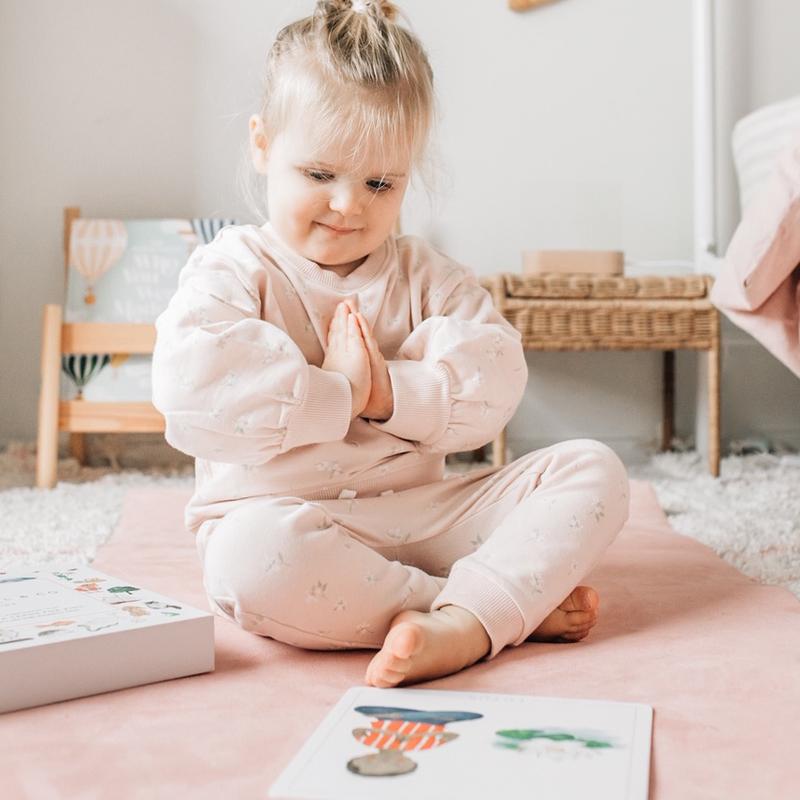It is essential to acknowledge neurodiversity within the ever-changing landscape of development in childhood. Children who suffer from disorders like ADHD and autism need an environment that supports them to help to flourish. There is a synergy between ADHD help, autism play, sensory integration and mindful toys for kids. Incorporating these elements into daily routines will help caregivers and teachers develop experiences that promote healthy growth in all aspects. For more information, click Mindful toys for kids

ADHD Support for Children – Enhancing Confidence and Focus
Children with ADHD often face challenges in managing their focus and controlling their the impulses. To offer the best support possible, employ strategies that stimulate the child’s thoughts while respecting their individuality. Toys that encourage the development of mindfulness and calmness in children are an excellent aid. These toys offer a tactile experience that helps to ease restlessness and helping children learn to direct their attention with deliberate intention. Mindfulness practices can be incorporated into playtime to alleviate ADHD symptoms, but also teach important life lessons such as stress reduction and emotional control.
Autism Sensory Play: Nurturing Expression and Exploration
Children on the spectrum can encounter sensory experiences that can be both stimulating and challenging. Autism sensory play is about creating an enjoyable and stimulating environment for senses to help develop important abilities. Sensory integration toys play a significant role in this. They stimulate multiple senses at the same time to encourage sensory exploration as well as coordination, and cognitive growth. Through the use of auditory, tactile and visual stimulation children learn to comprehend their surroundings and express their experiences. Through encouraging autism-related sensory play in children, caregivers can help them speak out, develop confidence and feel more at ease with the world around them.
Sensory Integration Toys: Building Bridges for Child Development
Sensory integration toys act as bridges for children to be connected with the world around them. They come in many different sizes, textures and shapes that stimulate various motor skills and senses. These toys let children learn to adapt and experiment with sensory input. They also aid in developing sensory processing skills. The three main benefits of sensory integration toys are:
1. Enhanced Sensory Perception: Sensory integration toys allow children to experience a variety of tactile sensations, sounds, and visual cues. The experience helps their brains be able to better process sensory information which enhances their ability to cope with everyday situations.
2. Improved Motor Skills: A lot of sensory toys require complex hand movements that require fine motor skills and hand-eye coordination to manipulate. By playing with these toys, children can improve their motor abilities and control. This results in better physical control and confidence.
3. Cognitive Development: The multisensory nature of these toys helps to stimulate different regions of the brain simultaneously. This type of engagement can contribute to cognitive growth by fostering connections between various neural pathways, improving the ability to solve problems and creativity.
Mindful Toys for Kids: Cultivating the ability to calm and focus.
The concept of mindfulness is gaining traction for its profound influence on the emotional wellbeing of people. Toys that promote the practice of mindfulness among children are designed to make them more conscious and attentive. They typically involve activities that require attention to detail. Examples include coloring, puzzles, or guided relaxation. These activities help children to focus their energy and thoughts on the task, which can be beneficial both academically as well as socially.
When we look into the realm of ADHD support, autism-related sensory play, sensory integration toys, and mindfulness toys for children It is important to emphasize the holistic approach that comes out of their interconnection. These components aren’t solitary and instead work together to create a plan of action that is designed to meet the needs of children with neurodiversity. The caregivers can create a space where cognitive, emotional and sensory needs are fulfilled simultaneously by incorporating mindful activities and sensory play into their daily routines.
In conclusion, the path to assist children suffering from ADHD or autism is to embrace their strengths as well as challenges. The caregivers and teachers can help create a nurturing environment by incorporating sensory play, toys that integrate sensory input, and mindfulness actions. Each aspect of the program, whether it’s encouraging self-expression, enhancing the processing of sensory information or encouraging mindfulness and mindfulness, is a part of an integrated approach to child development. Unlocking the potential of these strategies will pave the way to a better future for all kids, no matter their neurodiversity.